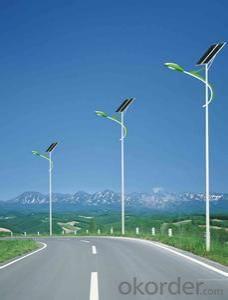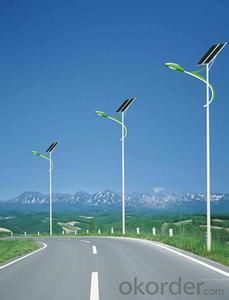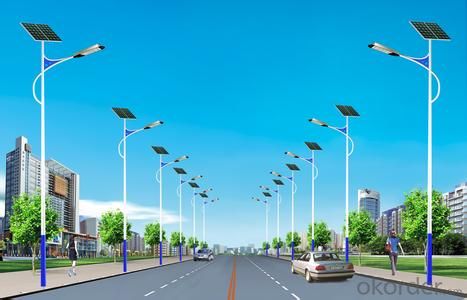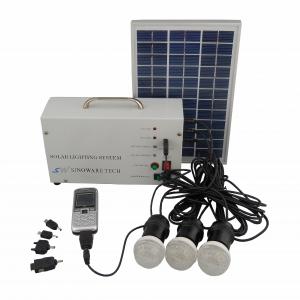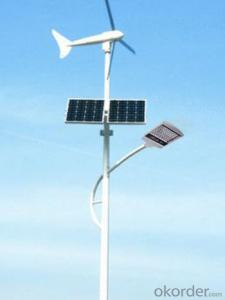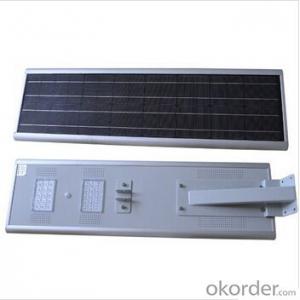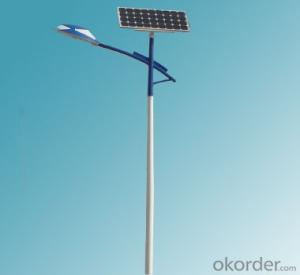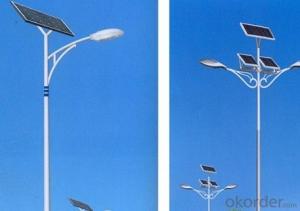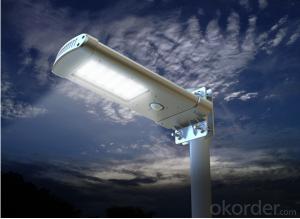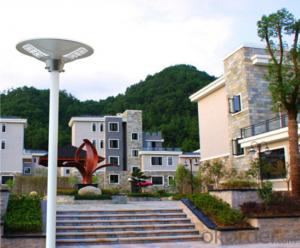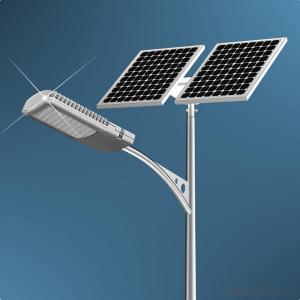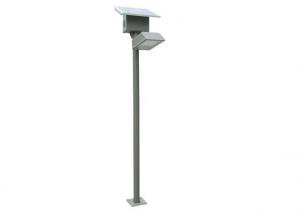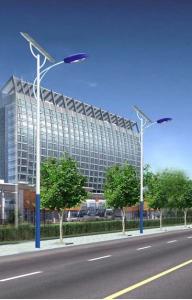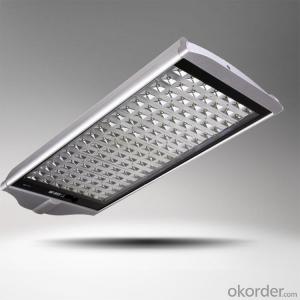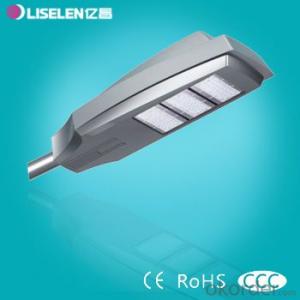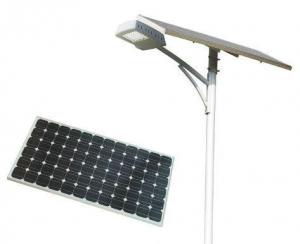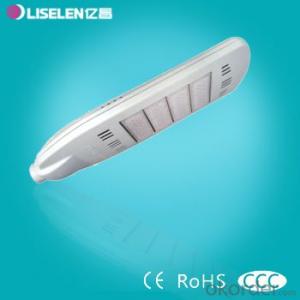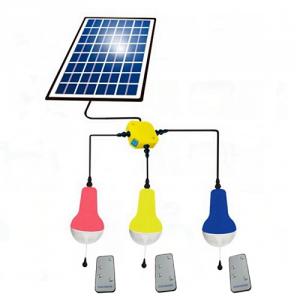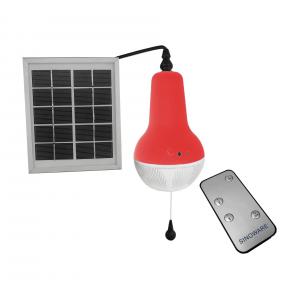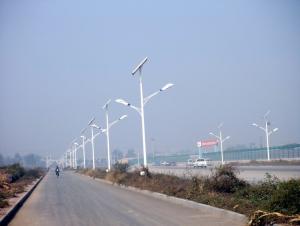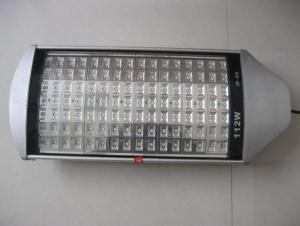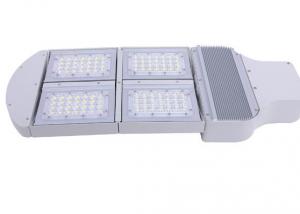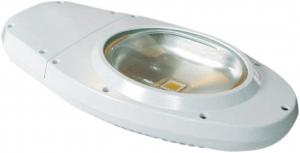T Post Solar Street/Road Lights
- Loading Port:
- China Main Port
- Payment Terms:
- TT OR LC
- Min Order Qty:
- -
- Supply Capability:
- -
OKorder Service Pledge
OKorder Financial Service
You Might Also Like
Specifications
1.Beautiful modular design
2.CREE chips 85LM/W
3.Beam angle 10-20 degree adjustable
4.Easy maintenance
5.LED 3 year warranty
Advantages:
brand new model 20-90W LED street light. Features are:
1. 20W, 30W, 40W, ...90W available (with Epistar or CREE LED).
2. 20-30W beam angle: lateral 120 degree, vertical 60 degree;
3. 40-90W beam angle: lateral 140 degree + 20 degree adjustable = 160 degree, vertical 60 degree;
4. Interpole distance can be 45-55M;
5. 20W per module by Epistar LED (85lm/W, 3 year warranty), 30W per module by CREE LED;
6. With CREE LED, 85lm/W or 95lm/W, with the best MEANWELL driver, 5 year warranty;
7. Pole socket 0 - 115 degree adjustable, so enable both lateral and vertical installation
8. Back cover can be easily opened, simple maintenance, lower cost.
9. Each LED module has specially designed lens, making luminance concentracted in a rectangular area, get much higher
LM than ordinary lens.
10. Heat sink also uniquely designed, <55°C degree, getting longer working life.
11. Built-in constant voltage driver in each LED module, making it works much stable and longer time.
We are also developing wireless ZIGBEE remote control system, that can use your conputer to regulate the brightness of
lamp. With light sensor, it can be automatically On/Off.
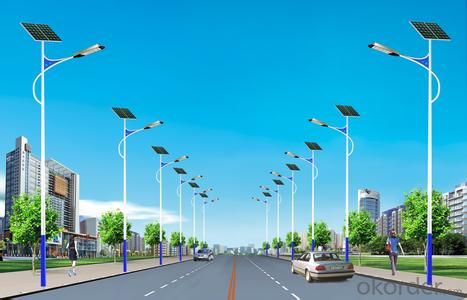
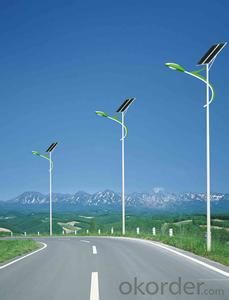
- Q: Do solar lights have a built-in USB port for charging other devices?
- Solar lights usually do not come with a built-in USB port for charging other devices. The main purpose of solar lights is to capture and store solar energy in order to power the LED lights they have. These lights are primarily used for illuminating outdoor spaces like gardens, pathways, or patios. Although some advanced models may have extra features such as motion sensors or dimming options, they typically do not include USB ports for charging other devices. If you are specifically searching for a solar-powered device charger, there are separate solar chargers available in the market that are designed specifically for that purpose.
- Q: What happens if a solar light's battery dies?
- If a solar light's battery dies, it will no longer be able to store and convert sunlight into usable energy. As a result, the light will cease to function until the battery is replaced or recharged.
- Q: How do solar lights perform in shaded areas?
- Solar lights do not perform well in shaded areas as they rely on direct sunlight to charge their batteries. Shaded areas limit the amount of sunlight reaching the solar panels, resulting in reduced or no charging and lower performance.
- Q: Do solar lights have a built-in light sensor?
- Yes, solar lights typically have a built-in light sensor. This sensor allows them to automatically turn on at dusk and off at dawn, maximizing their energy efficiency and convenience.
- Q: What is the maintenance cost of solar lights?
- The maintenance cost of solar lights is generally low as they are self-sufficient and do not require frequent repairs or replacements. However, occasional cleaning of the solar panels and checking the batteries may be necessary, which can be done easily and inexpensively.
- Q: Are solar lights suitable for mining or construction sites?
- Yes, solar lights are suitable for mining or construction sites. They are portable, require minimal installation, and can operate independently without the need for electrical infrastructure. Solar lights provide reliable and energy-efficient lighting solutions, ensuring safety and visibility in remote and off-grid locations. Additionally, they are durable, weather-resistant, and can withstand the rugged conditions commonly found on mining or construction sites.
- Q: Are solar lights compatible with solar-powered charging stations?
- Yes, solar lights are compatible with solar-powered charging stations. Both solar lights and solar-powered charging stations rely on harnessing energy from the sun through solar panels. Solar lights use this energy to power their LED bulbs, while solar-powered charging stations use it to charge electronic devices such as smartphones, tablets, or laptops. Therefore, solar lights can be connected to solar-powered charging stations to recharge their batteries and ensure continuous lighting. This combination is particularly useful in areas without access to electricity, as it allows for sustainable and eco-friendly lighting solutions.
- Q: Are solar lights suitable for road construction or work zone lighting?
- Yes, solar lights are suitable for road construction or work zone lighting. They are a cost-effective and environmentally friendly solution as they rely on solar energy to power the lights. Solar lights can be easily installed and relocated without the need for extensive wiring or electrical infrastructure. Additionally, they are designed to be durable and can withstand harsh weather conditions, making them ideal for outdoor use in road construction or work zones.
- Q: Are there solar lights with adjustable brightness levels?
- Yes, there are solar lights available with adjustable brightness levels. These lights usually come with a built-in dimmer switch or a remote control that allows you to adjust the brightness according to your preference. This feature is particularly useful if you want to create different lighting atmospheres or conserve energy during certain times. With adjustable brightness levels, you can increase the brightness for security purposes or decrease it for a more ambient and relaxed setting. Additionally, some solar lights also have sensors that automatically adjust the brightness levels based on the surrounding lighting conditions.
- Q: How do solar lights handle voltage drops or battery depletion?
- Solar lights are equipped with various mechanisms to address voltage drops and battery depletion. The first mechanism is a charge controller, which ensures that the battery is not overcharged or depleted by regulating the energy flow from the solar panel. In case of a voltage drop, the charge controller adjusts the energy flow to compensate for the decrease, preserving the battery charge and allowing the light to continue functioning. Furthermore, solar lights often incorporate sensors that detect the battery level and adjust the light output accordingly. As the battery depletes, the light may automatically dim to conserve energy and prolong the operating time. This feature prevents complete battery depletion and ensures that the light remains functional even with a low battery charge. Moreover, some solar lights have a backup power source, such as a secondary battery or capacitor, which can provide temporary power during periods of low solar energy input or battery depletion. This backup power source helps maintain the light's functionality until the battery is recharged or replaced. In conclusion, solar lights are designed to be efficient and resilient, incorporating various mechanisms to handle voltage drops and battery depletion. These features guarantee that the lights remain functional and provide illumination even in unfavorable conditions.
Send your message to us
T Post Solar Street/Road Lights
- Loading Port:
- China Main Port
- Payment Terms:
- TT OR LC
- Min Order Qty:
- -
- Supply Capability:
- -
OKorder Service Pledge
OKorder Financial Service
Similar products
Hot products
Hot Searches
Related keywords
